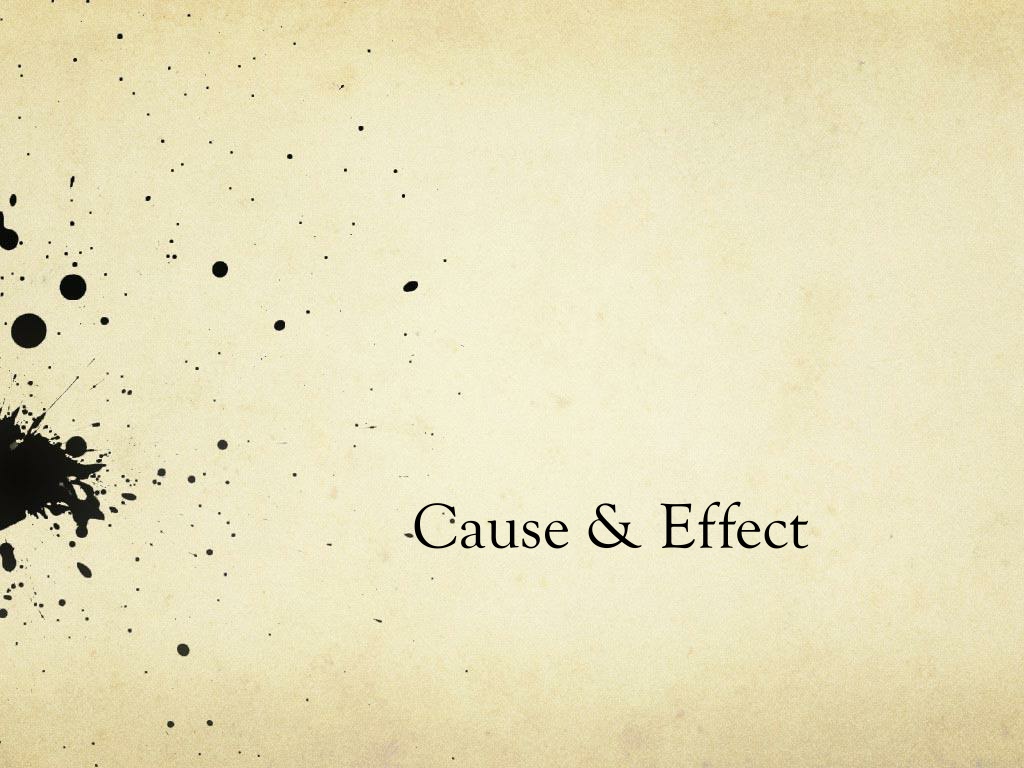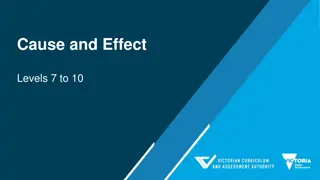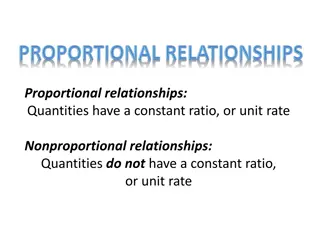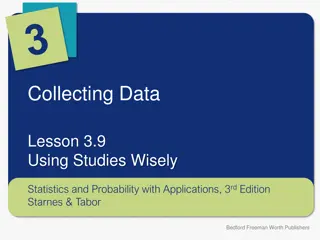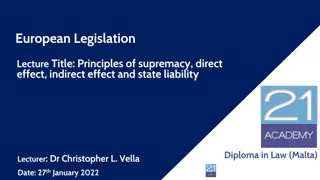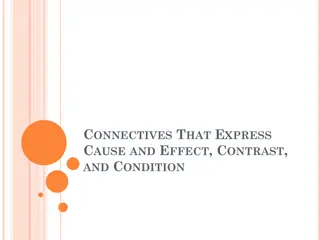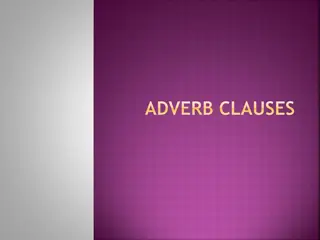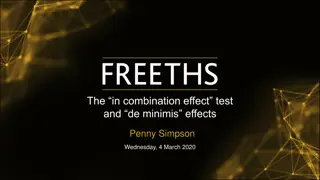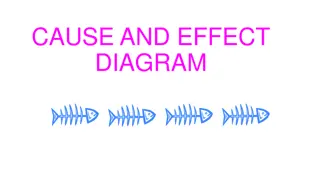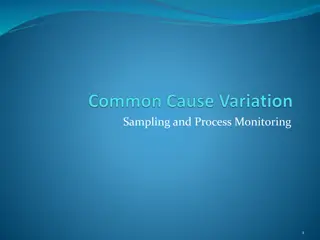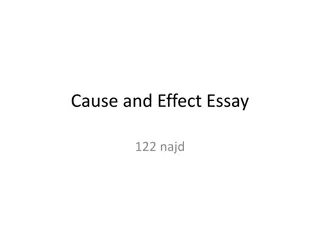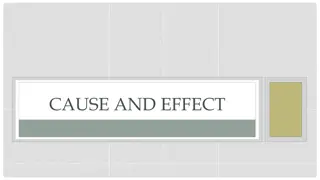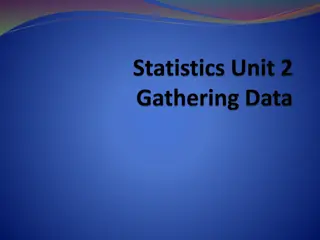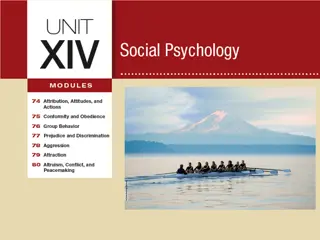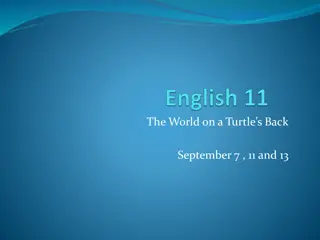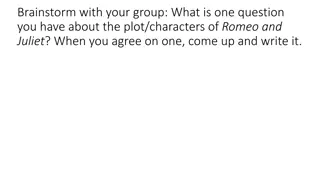Understanding Cause and Effect Relationships
Explore the concept of cause and effect relationships, where one action or event leads to another, with examples and explanations. Learn how to identify causes and effects, and practice using signal words to recognize these relationships effectively.
Download Presentation

Please find below an Image/Link to download the presentation.
The content on the website is provided AS IS for your information and personal use only. It may not be sold, licensed, or shared on other websites without obtaining consent from the author. Download presentation by click this link. If you encounter any issues during the download, it is possible that the publisher has removed the file from their server.
E N D
Presentation Transcript
Cause & Effect Definition: Noting a relationship between actions or events such that one or more are the result of the other. Cause & effect is the relationship between two things when one thing makes something else happen. There can be more than one cause and effect in a situation.
Example The girl studied every night, got help from a tutor, and therefore did well on the test. Cause: __________________________ Effect: __________________________
Answer Cause: The girl studied AND got help from a tutor. Effect: She did well on the test.
Can an effect ever be shown before the cause? YES! In the real world a cause always comes first, but an author may tell you the effect before the cause. Remember: The cause answers the question, why??
Example The snowman melted and puddles formed on the ground because of the heat from the sun. Cause: __________________________ Effect: __________________________
Answer Cause: The sun Effect: puddle formed. The snowman melted and the
Signal Words The following are signal words to look for when trying to identify the cause. *Because *This is how *Since *For *For this reason *So *Nevertheless *As a result of *So that *Accordingly *Consequently *Due to *Thus *Therefore
Practice Highlight the signal words, underline the cause, & circle the effect. 1. People choose to shop at the mall due to many stores being close together. 2. consequently she spent the day reading a book. She had a lot of free time,
Answer People choose to shop at the mall 1. (effect) due to many stores being close together.- (cause) 2. consequently she spent the day reading a book. (effect) She had a lot of free time, (cause)
Look at the following pictures and explain the cause and effect. Picture 1
Picture 1 (Possible answers) Cause: The players were not looking at where they were going. They didn t call the ball, poor communication. Effect: They ran into each other.
Picture 2 (Possible answers) Cause: The runner was trying to make it to home plate safely. The catcher was trying to tag the runner. Effect: They runner crashed into the catcher.
Picture 3 (Possible answers) Cause: The player was tackled by the opponent. Effect: The player fumbled the football.
Using Inferences With Cause & Effect In some paragraphs, the cause-and-effect relationship is not directly stated. In these cases, you have to "read between the lines." Use clues from the paragraph to identify cause-and- effect relationships.
Practice #1 The crime rate in Mr. Leon s neighborhood was very high. Many houses had been robbed and cars vandalized. All the neighbors were upset. Within two weeks, the neighborhood s crime rate dropped drastically. What inference can you make for the cause of the drop in crime rate?
Practice #1 Possible Answers The crime rate in Mr. Leon s neighborhood was very high. Many houses had been robbed and cars vandalized. All the neighbors were upset. Within two weeks, the neighborhood s crime rate dropped drastically. What inference can you make for the cause of the drop in crime rate? The police increased patrols in the neighborhood. The neighbors created a neighborhood watch.
Practice #2 About 75 million people died from the bubonic plague during the 14thcentury. Half of the population of Italy fell victim to the disease. The plague caused high fever, swollen glands, dark bruises or sores on the face, and spitting of blood. The disease was spread by fleas from rats. Lack of sanitation and poor medical knowledge account for the continuous plague epidemics throughout the 14thcentury. What inference can you make for the effect the plague had on those that contracted it?
Practice #2 Possible Answers About 75 million people died from the bubonic plague during the 14thcentury. Half of the population of Italy fell victim to the disease. The plague caused high fever, swollen glands, dark bruises or sores on the face, and spitting of blood. The disease was spread by fleas from rats. Lack of sanitation and poor medical knowledge account for the continuous plague epidemics throughout the 14thcentury. What inference can you make for the effect the plague had on those that contracted it? It was very unpleasant, many died.
Practice #3 Carlos Palomino was a champion boxer. Yet he gave up boxing and earned a degree in recreation. Not everyone can become a paid athlete, he says. That s why school is so important for all young people. Carlos hopes his example will help others set high goals in education as well in sports. What inference can you make about the cause for Carlos getting a degree in recreation?
Practice #3 Possible Answers Carlos Palomino was a champion boxer. Yet he gave up boxing and earned a degree in recreation. Not everyone can become a paid athlete, he says. That s why school is so important for all young people. Carlos hopes his example will help others set high goals in education as well in sports. What inference can you make about the cause for Carlos getting a degree in recreation? He knew he couldn t box for very long and would need to get another job. He wanted another career choice for when his boxing career ended.
